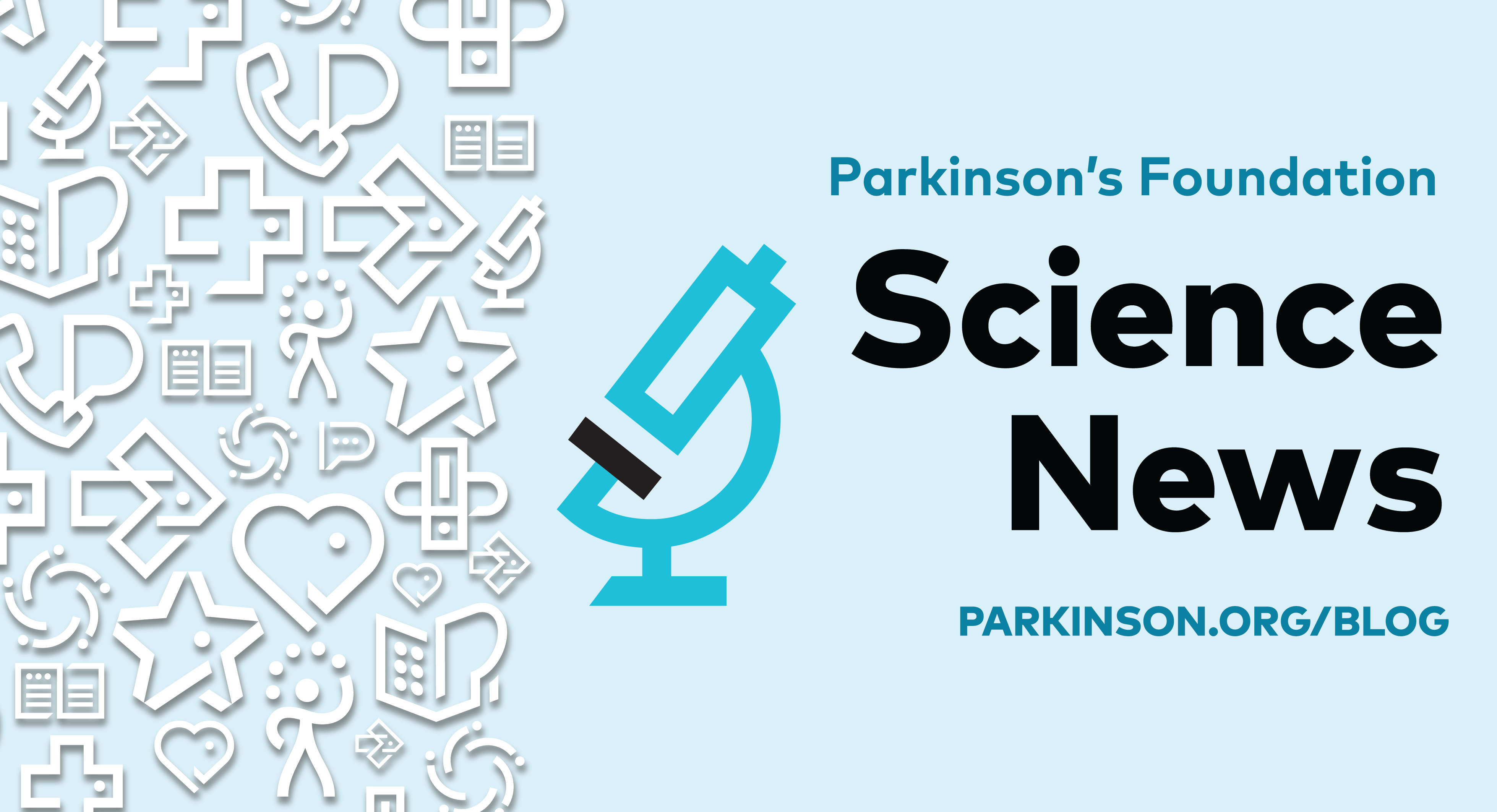The PD Gut-Brain Connection

Parkinson’s disease (PD) results in the loss of dopamine-producing cells in the brain. Because dopamine cannot cross the blood-brain barrier (a safety feature of the brain), people cannot simply take dopamine pills. The drug levodopa (L-dopa) — a precursor to dopamine and the gold standard for treating PD — does have the ability to cross the blood-brain barrier, where it successfully converts into the much-needed dopamine.
Since 1971, scientists were aware that one or more of the many microorganisms living in the human gastrointestinal tract prematurely convert the L-dopa into dopamine before it gets into the brain― but they didn’t know which ones. To combat some of this loss, L-dopa is usually combined with carbidopa to help block the premature metabolism, as well as help with the common side effects of nausea and vomiting.
Only about 44% of the L-dopa makes it to the brain. There are many different types of microorganisms, such as bacteria, viruses and fungi. Understanding which ones may affect this process could help improve the efficiency of levodopa as a treatment for PD.
A study titled, “Discovery and inhibition of an interspecies gut bacterial pathway for Levodopa metabolism” (Maini Rekdal, Bess, Bisanz, Turnbaugh, & Balskus, 2019), sought to decipher the molecular mechanisms by which gut bacteria might be responsible for this degradation of L-dopa en route to the brain. A complex undertaking, researchers used several, highly sophisticated methods, from running tests on the microbiome (trillions of microorganisms that help keep the body running smoothly) to evaluating inhibitors and testing the gut microbiota of people with and without PD.
Results
- In the gut, some of the L-dopa was converted into dopamine by an enzyme from the common gut bacteria (Enterococcus faecalis).
- Then, the dopamine (still in the gut) was further metabolized into a compound called m-tyramine, by an enzyme from a second bacterium (called Eggerthella lenta).
- The enzymes from these two bacteria (Enterococcus faecalis and Eggerthella lenta) appear to be responsible for L-dopa metabolizing first into dopamine and then into m- tyramine, prior to reaching to blood-brain barrier, thereby diminishing how much L-dopa and the dopamine treatment successfully makes it to the brain.
- Carbidopa is successful in inhibiting the metabolism of L-dopa by human enzymes, but not by the bacterial enzymes in the human gut.
- When L-dopa was given to lab rodents orally along with a bacterial enzyme inhibitor called AFMT, this prevented metabolism of L-dopa and resulted in improved bioavailability of the drug in the animals’ blood stream.
What Does This Mean?
Using a complex set of steps, this study identified two enzymes in human gut microbiota (called Enterococcus faecalis and Eggerthella lenta) that are key to impeding a significant portion of the L-dopa from reaching the brain.
Further, in lab rodents, researchers increased the amount of L-dopa reaching the brain, by manipulating the activity of these enzymes in the gut with a drug, AFMT. This suggests that this approach (inhibiting bacterial enzymes) could possibly be developed for human use. In short, they may have found a drug that can reduce the premature metabolism of L-dopa into dopamine in the human gut, ultimately improving the efficiency of L-dopa treatment.
Related Blog Posts


